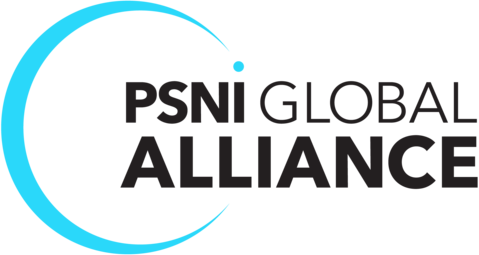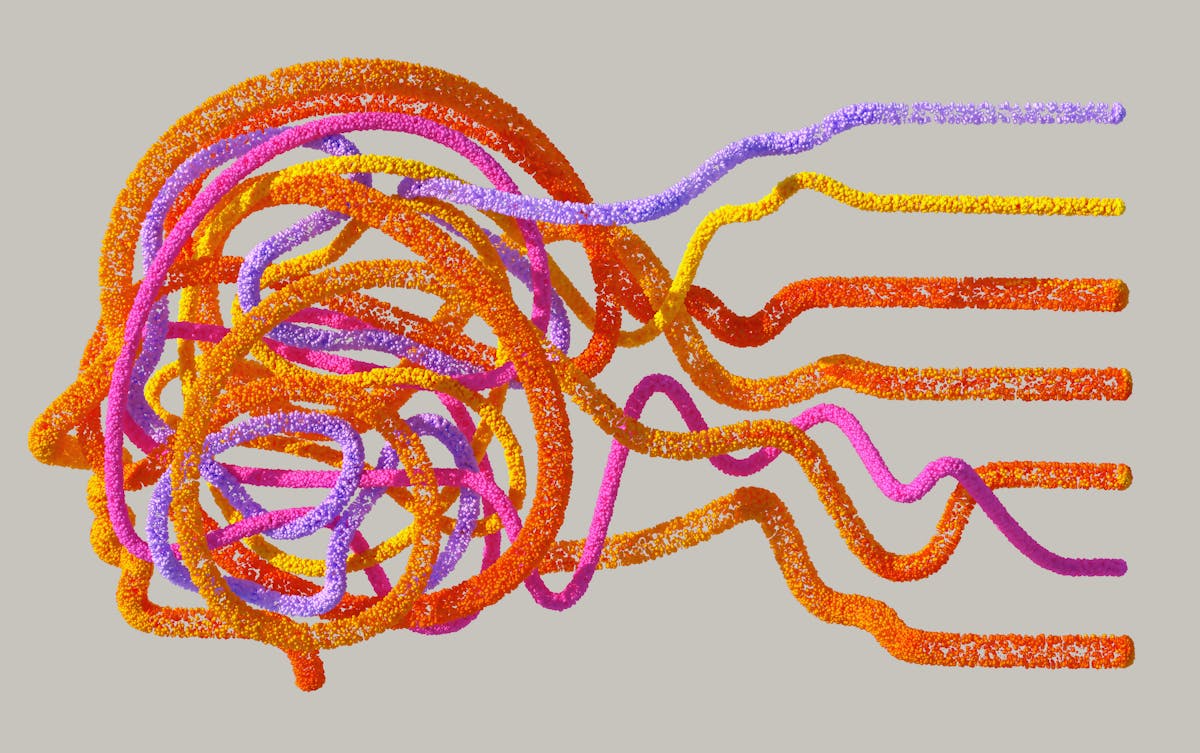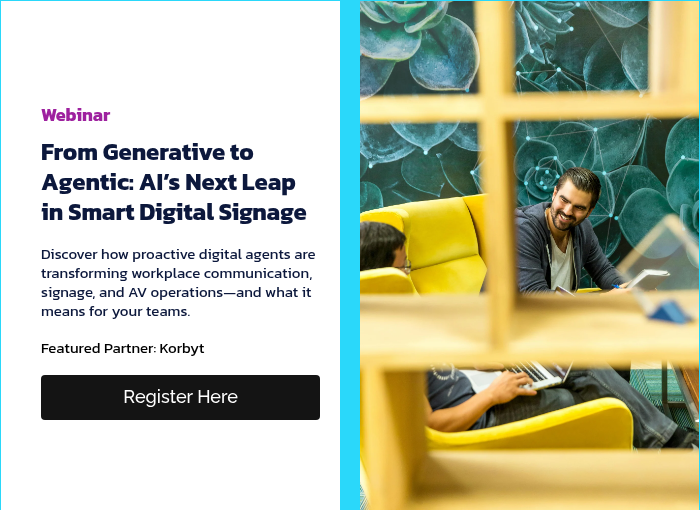From Generative to Agentic: What’s the Shift?
Generative AI creates things—copy, images, clips—when you ask. Agentic AI does work on your behalf. It observes signals, makes small decisions, and takes steps toward a goal without waiting for a prompt.
Quick definitions
- Generative AI: Produces new content from inputs or prompts.
- Agentic AI: Plans, decides, and acts through connected tools (APIs), within policies and guardrails. Some people say “agenic”; we use agentic here.
Why does this matter for AV and IT? Because digital signage and workplace communications don’t just need more content—they need the right content, at the right moment, with less manual effort. Agentic AI helps systems adapt in real time while staying inside your standards.
Where Agentic AI Improves Digital Signage Today
Agentic capabilities are already practical inside modern AV stacks:
- Context‑aware playlists. The system schedules content by time of day, location, occupancy, or event schedule—no hand edits.
- Adaptive engagement. If a message underperforms, the agent swaps layout, language, or call‑to‑action and tries again.
- Operations automation. New policy? The agent updates player configs, checks versions, and verifies proof‑of‑play—then logs changes.
- Connected environments. Occupancy spikes? The agent pushes wayfinding. Quiet floor? It pivots to wellness or training content.
- Safety and compliance. During an alert, the agent overrides playlists, displays the approved template, and confirms delivery—room by room.
Under the hood, think of a simple loop: observe → decide → act → verify. Inputs might include calendars, headcount sensors, CMS analytics, or help‑desk data. Decisions follow your policies. Actions use approved integrations (signage CMS, control system, collaboration platform). Verification closes the loop with telemetry and audit logs.
How AV/IT Teams Can Prepare
You don’t need a moonshot to start. Aim for a 60–90 day pilot with clear outcomes.
- Pick outcomes and KPIs. For signage, try message reach, proof‑of‑play, dwell time proxy, content freshness, and uptime.
- Map data sources. Calendar feeds, occupancy sensors, CMS logs, and service tickets. Note owners and privacy rules.
- Set guardrails. What can the agent change on its own? What needs human approval? Require audit logs and rollback.
- Favor open platforms. Look for APIs, webhooks, and role‑based access so agents can act without custom glue.
- Integrate with IT. Align on VLANs, certificates, identity, and monitoring. Add a simple runbook for change control.
- Prove value, then scale. Start with one building or floor. If KPIs improve, templatize the design as a reference profile and roll it out.
What’s Next: From Automation to Intelligence
Agentic AI isn’t about replacing your team—it’s about amplifying it. The same infrastructure that powers smarter signage today will soon connect across meeting rooms, visitor systems, and service desks. Each step toward automation builds a foundation for intelligent, adaptive environments that respond to people, not just schedules.
By starting small and staying intentional, AV and IT teams can turn what used to be “set it and forget it” systems into living networks that learn, optimize, and communicate in real time.
So, when you plan your next digital signage refresh or IT integration, ask not just what will it display?—but how will it decide?










